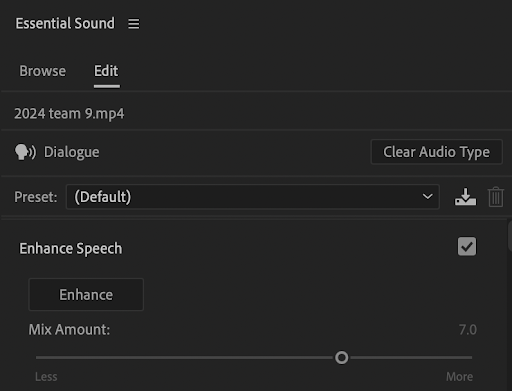BUT/THEREFORE STORYTELLING APPROACH
People tend to remember two disparate elements that don’t really go together: with food, there’s salty and sweet; in comedy, there’s David Spade and Chris Farley; and in the world of storytelling, there’s “but” and “therefore.”
Now, being a teacher, you well know that the word “but” is a teenager’s favorite word: “I was going to do my homework BUT I fell asleep.”
But, few, if any, teenagers ever utter the word “therefore.” No kid says, “I fell asleep early; THEREFORE, I woke up early to complete it.”
So, let’s combine those conjunctions and let them help our kids create better stories.
If you want some more insight into this technique, check out Matt Stone and Trey Parker’s short video on the technique where they reveal their plotting “recipe” for South Park episodes.
Before we go further, I want to say that this approach is designed to be informal and flexible. Moreover, I have kids go through the BUT / THEREFORE approach before they ever write one word of a screenplay because kids should figure out the beats and conflicts of their story in an informal way first when the stakes are low.
Many of you know that once kids start writing a script, kids become very resistant to changing or even wanting to change their script because it feels like a bigger commitment often because the story beats aren’t in place yet and changing one part of the script leads to other changes.
In short, the BUT / THEREFORE approach is meant to be playful and flexible, like working with Play-Doh. I consider it a first draft of a story.
LET’S BEGIN!
First, I remind my students of the definition of a story: a character attempts to solve a problem.
Some of you may say that not every character has a problem, and I’ll disagree. You may argue that sometimes, a character wants something (Brad wants to ask Tina to the dance). I’d argue that the character has a problem: Brad wants to go to the dance with Tina, but he hasn’t asked her. Therefore, his problem is that he hasn’t asked her out, yet, for whatever reason.
With the definition of a story in mind, kids need to do three things up front–the 3 C’s:
Create a character
Consider something that the character wants
Craft a sentence that combines the character with the character’s want
From here, kids start spit-balling ideas. Once they have their complete sentence (which is actually a logline for their story), kids want to follow that sentence with either ‘but” or “therefore”--it doesn’t matter which one comes first.
However, whichever conjunction that kids choose to use first, kids must then alternate conjunctions–they can’t have two “but”s in a row or two “therefore”s. First one and then the other. One problem arises and then the character solves it only to realize that there is another problem, and that problem needs to be solved and so on.
Kids will inevitably ask how many “but” or “therefore” conjunctions they need. For a 1-2 minute short film, I’d say 5 each.
Here’s a template for kids to use (click FILE>MAKE A COPY to edit): But / Therefore Storytelling
Here’s a example to use in class (click FILE>MAKE A COPY to edit): Storytelling with the But/Therefore Technique
IN CLOSING
Have kids share their writing exercise with other students in class. Again, it’s informal, and because it is informal, kids are less reluctant to feel embarrassed about sharing their ideas.
The great news is that kids love brainstorming ideas on how to make stories better! Don’t believe me, try it with your kids. In fact, have a brave student share their story with the class and ask the class for feedback. Stories are drama, and no one knows drama better than teenagers.
Remember, this is a “quick” and informal approach to get kids into a story. Only after an approach like this and some conversations and workshopping with their peers (and maybe even a final pitch) do I ever send kids off to write a story in script format.
Good luck and have fun. I’d love to hear your success stories below!
Meet the Author, Adam RUssell
Adam Russell lives and works in Marietta, Georgia. He is finishing his 21st year of teaching both film and literature. A 13 year veteran of teaching IB Film, Adam seeks to constantly refine and demystify the art of teaching with the IB framework to help teachers and students find success. In his spare time, he writes feature length scripts and consumes anything and everything that he can get his hands on regarding film: screenplays, films, video essays, books on screenwriting, etc..











As summer winds down, the familiar rhythm of a new school year approaches. For educators like James Peach, the weeks leading up to students' return aren't just about shuffling papers; they're a strategic dance of preparation, aiming to ignite inspiration and cultivate self-sufficiency.